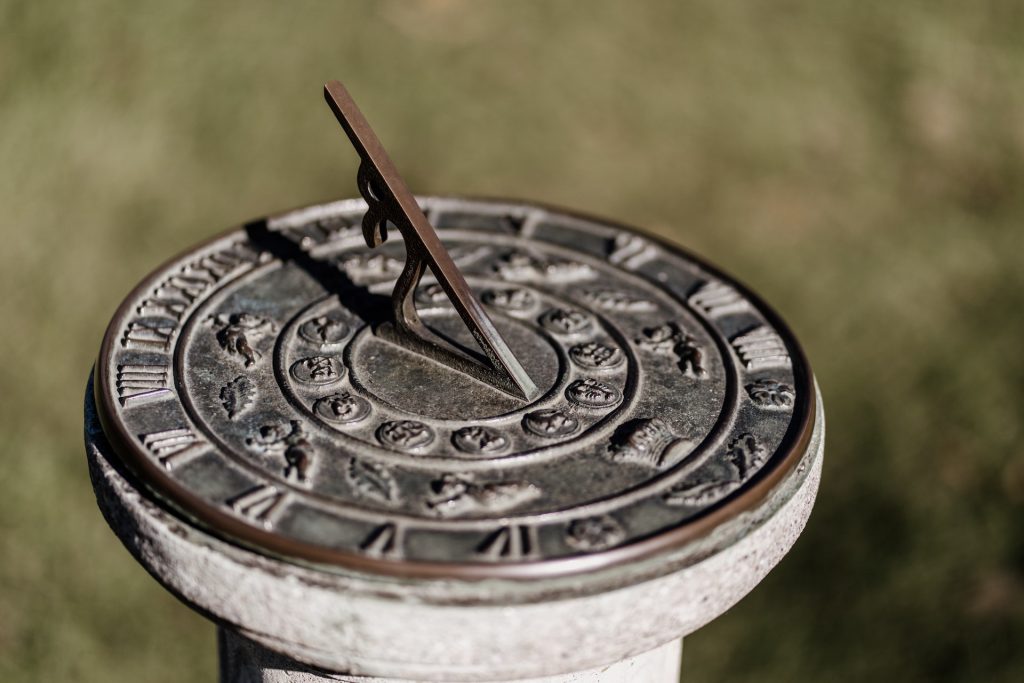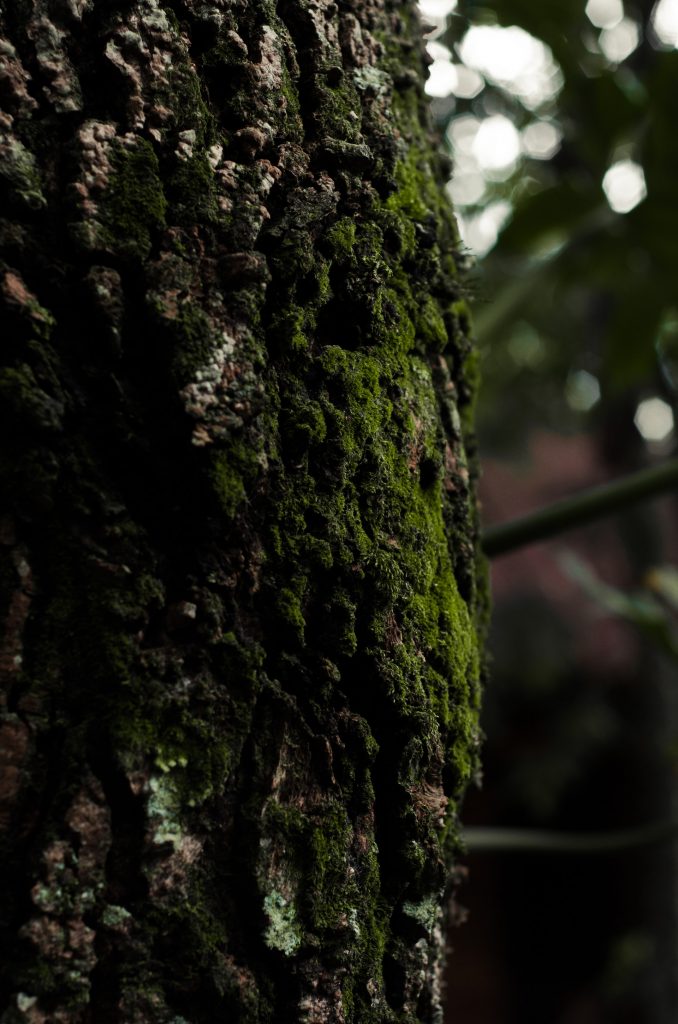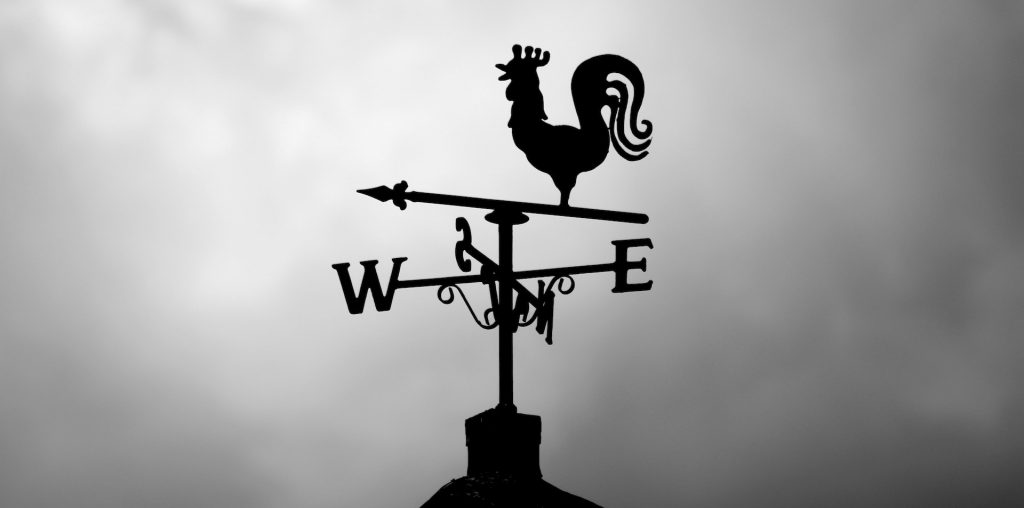If you are lost in the outdoors, besides securing food and water, navigation is going to be one of your most important tasks. If you don’t have a compass, that can be a bit tricky, but here are a few methods to get you back on track.
Use your watch as a compass: If you have an analogue watch, you can easily turn it into a compass by placing it horizontally in your hand. For the Northern hemisphere; point the hour hand towards the sun, and find the angle between the hour hand and the 12-o-clock position. This angle is the North-South line, with North being furthest from the sun. If you are in the Southern hemisphere, point 12-o-clock towards the sun, and find the angle between it and the hour hand to establish the North-South line. North will be the direction closest to the sun.

Shadow tip method: If you are like many people and don’t have an analogue watch, simply find a stick about a yard (1 metre) long, and stick it in a sunny patch of ground. Mark the tip of the shadow with a rock to obtain the West mark. Wait for approximately 15 minutes, then mark the tip of that shadow to obtain the East mark. You can now bisect the East-West line to obtain the North-South line.
Stars: Using stars to navigate is one of the oldest methods known. In the Northern hemisphere, Polaris (the North star) will guide you to true North. You can locate it by finding the Big Dipper and Little Dipper. Draw a line from the two stars that form the bowl side of the Big Dipper to the last and brightest star that is in the handle of the Little Dipper…This star is Polaris.
Sun: If you still can’t determine your direction, watch the sun as it is going up or down: the sun always rises in the East, and sets in the West.
Moon: Navigating at night can be tricky, but you can also use the moon to determine your direction. If the moon rises after midnight, then the illuminated side will be the East. If the moon rises just before sunrise, then the illuminated side is the west. If the moon is in the crescent phase, draw a line from the top tip to the bottom tip, and the point where that line touches the ground is South.
Leaf compass: If you have a pin or a needle and a magnet, you can turn a leaf into a compass. Simply find some still water that is free of current or ripples, and place the leaf so that it floats on the surface. Magnetize the pin or needle by running the magnet in one direction from the top to the bottom (DON’T rub up and down) several times. Place the pin or needle on the surface of the leaf, and it will align itself in a north-south direction. If you are in the Northern hemisphere, North will be whichever end of the needle is pointing closest to the direction that shadows are pointing. In the Southern hemisphere, the shadows will be pointing South.

Trees: Observing the trees in your environment can help you navigate also. If there is moss growing on them, it will be thicker and greener on the south side, as it generally gets more sunlight. The branches may be extending towards the sun more, and the bark may be duller on the North side, as it receives less sunlight. If there are ant hills at the base of the trees, ants generally prefer to build on the southern side of the tree as it is warmer.
